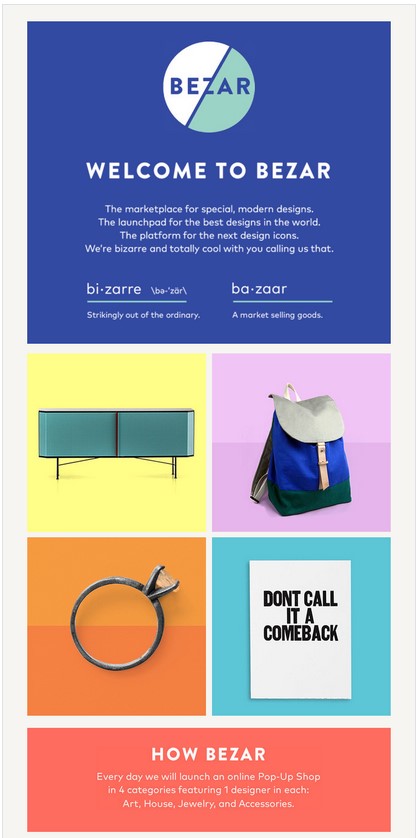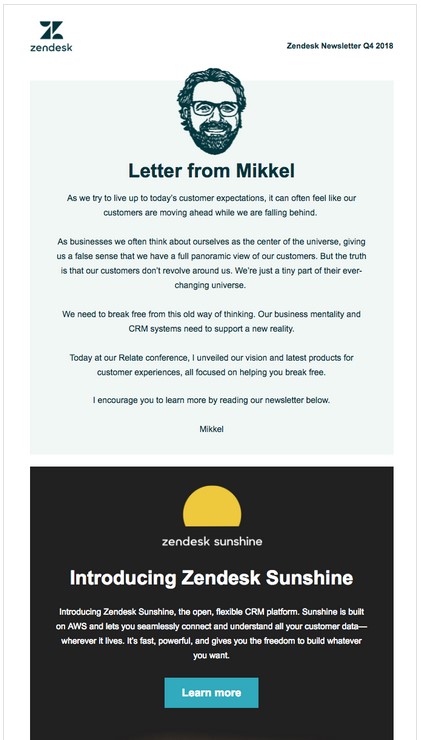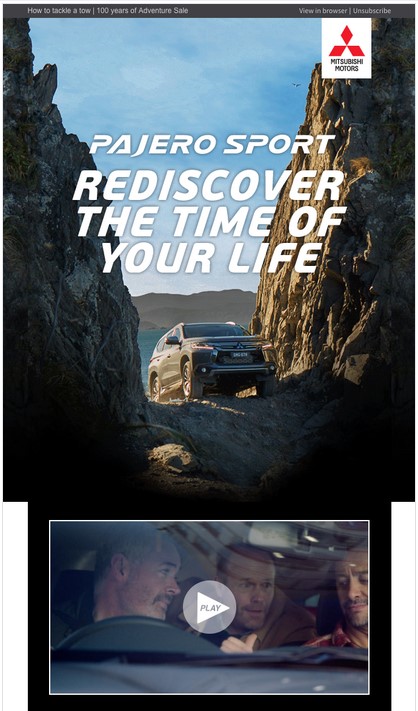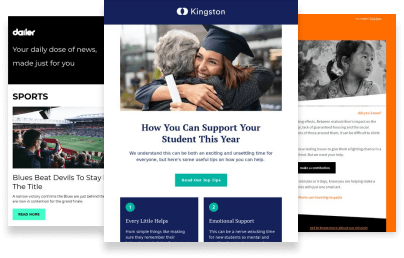Email newsletters are one of the most effective ways to stay top of mind with your customers. When done right, that is. The problem, though, is that so many businesses don’t know what they should actually put in their newsletter.
More often than not, businesses don’t know why they should be sending newsletters. They’ll say they need to because everyone else is doing it, or because they want to “stay top of mind”, but have no strategy outside of that. Then, the responsibility is “given” to someone who probably doesn’t want it, leading to boring, lifeless email blasts that don’t bring value to your subscribers or your business.
That may be the case for 90% of businesses, but it doesn’t have to be the case for yours. With the right plan and a set of goals in mind, you can make your newsletter a hard-working marketing channel for your business — and we’ll show you how.
Read on to discover the top email newsletter best practices that will turn your newsletter into something people actually want to read.
8 email newsletter best practices
1. Use a powerful subject line
Your subject line is arguably the most important piece of email content. Without a solid subject line, your email open rate is going to suffer.
Think about subject lines that draw you in — what’s compelling about them? Do they use concise language? Empathetic language? Bold language? Emojis?
In our experience, the best email subject lines are short (think 30-50 characters), engaging, and give just enough of a preview of what’s in the email to make you want to know more.
For more subject line tips and best practices, head here!
2. Optimize your email for mobile devices
People read over half of all emails on mobile devices. That’s an astounding number, considering people do still use their computers on a regular basis.
Knowing that, it’s a good idea to optimize your emails for mobile devices. That means making sure your newsletter template looks good on desktop as well as mobile. This may sound complicated, but it’s not. At Campaign Monitor, we have a library of over 80+ free mobile-friendly email templates ready for you to use.
Optimizing for mobile means testing your subject lines as well! Neglecting to preview your subject lines for different devices is a recipe for disaster, so make sure you take them all into account and send as many test emails as possible.
That includes design as well as email subject lines.
3. Pay attention to your email newsletter design
It’s hard to overstate the importance of design for your newsletter’s success. You might think of design as only the fonts and colors you choose, but there’s so much more than goes into designing an effective email.
Designing the layout of your newsletter content is going to have huge implications on how your readers engage with it. Making it easy to read and making your calls-to-action (CTAs) clear are going to give your engagement metrics a major boost. Plus, well-organized emails help boost your email deliverability.
You also want to make sure you’re designing with accessibility in mind. Are you using an appropriate amount of color contrast? Are your fonts big enough? Do your images have alt text? These are things you need to take into consideration.
Look at this engaging email campaign design from Bezar, which uses bold color blocks to highlight products and information:
Source: Really Good Emails
Other design best practices:
- Make your CTA buttons clear and concise
- Keep your emails on-brand
- Include your logo, website, and social media accounts
- Don’t be afraid of white space
- Don’t forget to add preheader text
Ultimately, your newsletter is an extension of your brand, and as such, you want to make sure it lines up with the rest of your brand experience (on your website, in your store, etc).
4. Use segmentation to target your customers
While most email newsletters will go to your entire list, your organization may have a different structure. If your company serves multiple different verticals, it may be wise to craft different types of content for each of those industries.
Or maybe you have newsletter subscribers in different regions, in which case it might make sense to have specific content for each.
Don’t let newsletters shut you into a typical “Here are our company updates” box. One of the biggest mistakes companies fall into with their newsletters is making it all about them. Your email subscribers don’t want to hear about you, they want you to deliver them valuable content, and the more personal you can get with them, the better.
5. A/B testing can improve your click rates
Your marketing team should already be A/B testing. If they’re not, they need to start doing it now. As much as we might want to say we know our audience and the types of emails they prefer, we’re never going to know as well as our audience themselves, and A/B tests give your audience a chance to tell you what they prefer.
Marketers who A/B test generally see far better engagement metrics like open rates and click-through rates than those who don’t, so you need to make A/B testing a priority.
As a result, you’ll know what works and what doesn’t with your audience, which you can use to inform your email marketing strategy moving forward.
6. Watch your email frequency and timing
Sending emails too often can result in unsubscribes from your email list, but sending emails too infrequently can result in your subscribers overlooking them.
The annoying thing is, figuring this information out is usually completely unique to each company. There’s no magic solution to this puzzle. You can look at other companies in your industry to see how often they’re sending as a start, but ultimately, if you test it and make tweaks, your data will tell you what frequency your audience responds to.
7. Craft a compelling call-to-action
Typically, when a company sends a newsletter, they have something they want to link their readers to. Maybe it’s a piece of content on your website that you teased in the newsletter, or maybe it’s a new product if you’re an ecommerce company. Either way, crafting a clear, compelling call-to-action will help make sure readers get where you want to send them.
This newsletter from Zendesk includes a letter from the CEO about a new product announcement, and a CTA encouraging people to click to “learn more” about that product.
Source: Really Good Emails
The button is easy to see and the copy is clear, making sure that readers can’t miss the next step.
8. Use videos to encourage people to open your newsletter
Videos can encourage people to both open and click emails. Viewers find them engaging, and they’re an efficient way to communicate a lot of information quickly.
Videos created by your organization are the best to include in your email newsletters (like how-to videos, testimonials, or advice from executives or industry experts).
All of these videos can entice your readers. Plus, they provide an opportunity to really sell people on why they would want to work with your company.
This email newsletter from Mitsubishi uses video to highlight the rugged features of one of their models:
Source: Really Good Emails
Wrap up
These eight email newsletter best practices are your guide to creating an email newsletter marketing plan that’ll impress your customers and improve your conversion rates.
Three key takeaways you should leave with are:
- Use your email subject lines wisely to boost your open rates.
- Use list segmentation to creatively divide up your list for maximum impact. Think outside the marketing box on this.
- Email frequency and timing can make or break an email campaign, so use A/B testing to find the best times to send your newsletters.
Don’t forget to set up an A/B testing log, if you don’t have one already, and put together a comprehensive marketing calendar to stay on track with your email campaigns.
Looking for an email platform to create stunning newsletters? Campaign Monitor has a powerful drag-and-drop editor—complete with templates—to create the perfect emails.

